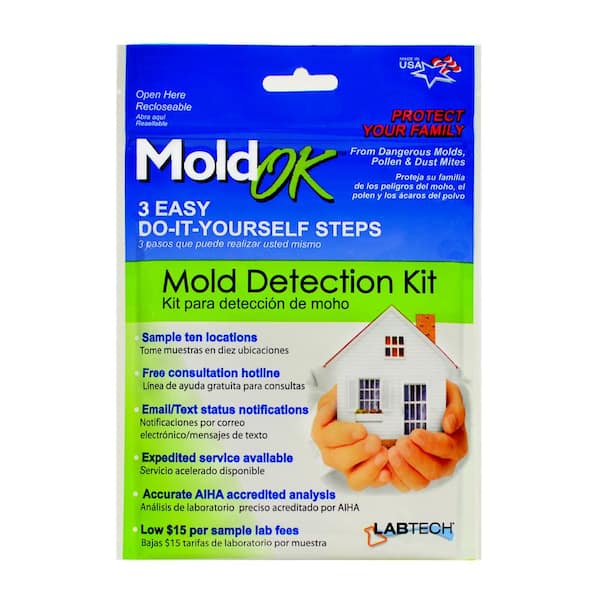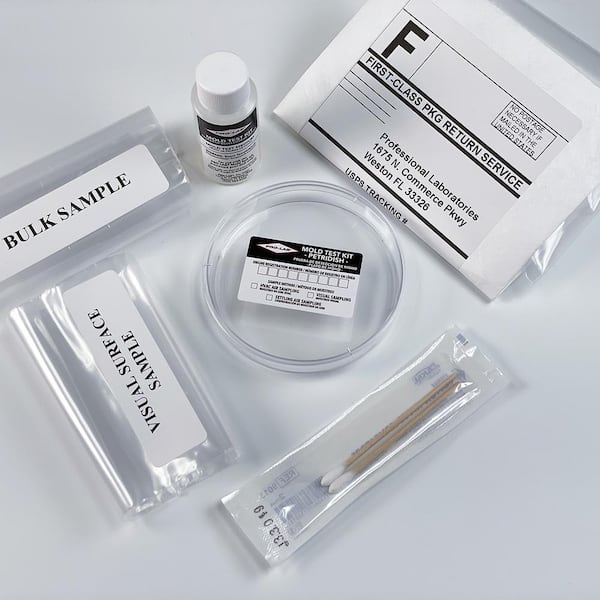Understanding the Significance of Trustworthy Mycotoxin testing Services
Understanding the Significance of Trustworthy Mycotoxin testing Services
Blog Article
Exactly How Mycotoxin Testing Assists Protect Against Contamination and Guard Food Supplies

Mycotoxin testing is a crucial practice in the food market, offering as a frontline protection against contamination by dangerous toxins created by mold and mildews. Via the application of sophisticated methods like High-Performance Fluid Chromatography (HPLC) and Fluid Chromatography-Mass Spectrometry (LC-MS), food producers can accurately quantify and discover mycotoxin degrees in farming products.
Comprehending Mycotoxins
Comprehending mycotoxins starts with identifying that they are toxic second metabolites generated by particular mold and mildews, which can infect farming items. These metabolites are not necessary for the development or reproduction of the fungis yet can have extreme ramifications for animal and human wellness. Mycotoxins are commonly discovered in staple crops such as corn, wheat, barley, and nuts, where they can proliferate under certain conditions of dampness and temperature level.
There are numerous types of mycotoxins, each generated by various fungal species. Fusarium varieties produce fumonisins and trichothecenes, both of which are connected with various intense and chronic wellness problems.

Threats of Mycotoxin Contamination
The dangers of mycotoxin contamination are complex, presenting significant hazards to both food safety and public wellness. Mycotoxins, harmful substances produced by particular kinds of fungi, can pollute a wide variety of farming products consisting of cereals, nuts, flavors, dried out fruits, and coffee.
Economic influences are an additional major problem. Polluted plants can result in considerable economic losses for farmers and food producers because of reduced yields and the requirement for expensive decontamination procedures. Worldwide profession can be dramatically hindered as nations impose stringent mycotoxin guidelines to shield their populations, leading to rejected shipments and stretched profession relations.
Environmental elements such as climate adjustment worsen the threat of mycotoxin contamination. Variations in temperature and humidity can produce desirable problems for fungal development, raising the likelihood of contamination events. Thus, understanding and mitigating these risks are important for making sure the safety and security and honesty of international food materials.
Techniques of Mycotoxin Checking
Precisely determining mycotoxin contamination in agricultural products is important for protecting public health and maintaining food safety criteria. Different techniques are employed to spot and quantify mycotoxins, each offering details benefits and restrictions.
High-Performance Liquid Chromatography (HPLC) is a widely made use of approach because of its high level of sensitivity and accuracy. It includes separating mycotoxins from other materials in an example, allowing accurate metrology. Fluid Chromatography-Mass Spectrometry (LC-MS) combines fluid chromatography with mass spectrometry to supply in-depth molecular info, making it particularly beneficial for identifying numerous mycotoxins at the same time.

Gas Chromatography-Mass Spectrometry (GC-MS) and Thin-Layer Chromatography (TENDER LOVING CARE) are likewise utilized, each with distinct applications. GC-MS works for unpredictable mycotoxins, while tender loving care uses an easier, economical option for preliminary screening.
Advantages of Normal Checking
Routine testing for mycotoxins in farming items provides various benefits, significantly adding to public wellness and food security. By determining contamination early, regular screening aids stop the distribution of toxic foods, thus lowering the risk of mycotoxin-related click to read more ailments amongst consumers. This positive technique not only safeguards human health but likewise improves the general high quality of food supplies.
Different nations and regions have developed rigid restrictions for mycotoxin levels in food and feed. Adhering to these limitations via regular screening makes certain that producers and vendors satisfy legal requirements, therefore avoiding charges and profession obstacles.
Additionally, regular mycotoxin testing can cause substantial financial benefits. Early detection of contamination permits prompt treatment, lowering potential losses from widespread contamination. Carrying out normal screening methods can also reduce recall expenses and associated obligations, which can be economically ravaging.
In addition, normal screening provides valuable data that can inform better agricultural practices and storage conditions. By understanding patterns of contamination, manufacturers can take on safety nets, thereby reducing future threats and adding to the sustainability of the food supply chain.
Carrying Out Checking Procedures
Applying reliable mycotoxin testing protocols is important for making sure the security and quality of agricultural items. Developing a robust testing structure involves numerous crucial steps, starting with the recognition of prospective contamination points within the manufacturing and supply chain. This consists of pre-harvest, post-harvest, storage, and distribution stages. Each phase should be scrutinized to determine where mycotoxin contamination is probably to occur.
As soon as vital control points are determined, selecting ideal testing approaches is vital. Common methods consist of enzyme-linked website here immunosorbent assay (ELISA), high-performance fluid chromatography (HPLC), and mass spectrometry (MS) Each method has its weak points and strengths; therefore, choosing the right one depends on the details mycotoxin being evaluated, the called for sensitivity, and readily available resources.

Lastly, incorporating the testing methods right into an extensive food safety and security administration system is recommended. This enhances traceability and makes it possible for quick corrective activities when contamination is spotted, therefore securing the integrity of the food supply chain.
Final Thought
Mycotoxin testing is important in stopping contamination and guarding food supplies by enabling very early detection of damaging toxic substances generated by mold and mildews in farming items. Regular testing enhances brand track record, monetary security, and depend on in food safety and security by decreasing contamination-related losses and preserving high requirements in food production.
Mycotoxin screening blog here is an essential technique in the food market, offering as a frontline protection against contamination by damaging toxic substances generated by mold and mildews. An incorporated strategy entailing farming methods, storage administration, and regular testing can mitigate the threats linked with mycotoxin contamination, making sure food security and public health and wellness.
The risks of mycotoxin contamination are diverse, positioning significant threats to both food safety and public wellness.Routine testing for mycotoxins in agricultural items uses various benefits, significantly adding to public health and wellness and food security.Mycotoxin testing is essential in protecting against contamination and guarding food materials by enabling very early discovery of hazardous toxins generated by molds in agricultural items.
Report this page